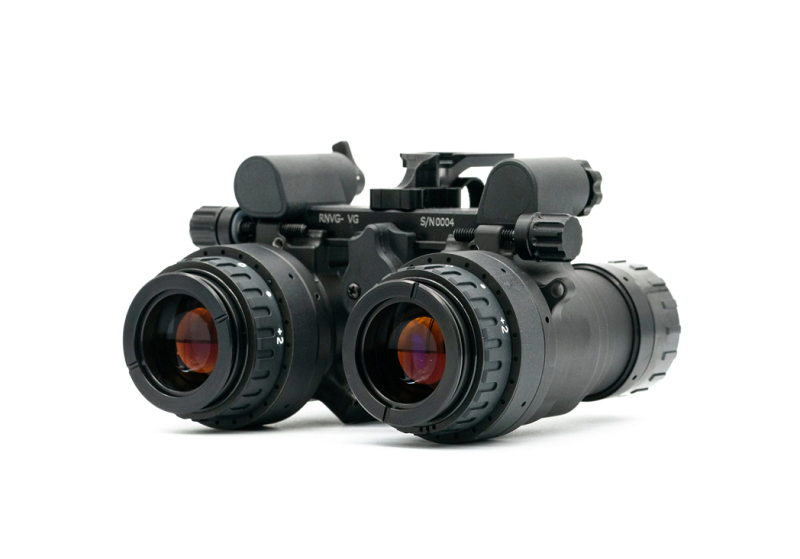The rotors are already turning in your mind hours before they’ll spin on the ramp. Every night flight demands respect—not fear, but the kind of healthy respect that keeps crews alive when the sun’s been down for hours and your body’s screaming for sleep. The difference between a successful night operation and a statistic often comes down to how well you’ve prepared your most critical system: the human one.
Night flying strips away your margins. When darkness falls, your body’s natural programming fights against the mission requirements, creating a physiological battleground that can compromise decision-making faster than any mechanical failure. Smart operators recognize this truth and prepare accordingly, which is why partnering with a training group that takes night safety seriously becomes essential for crews operating in demanding night environments. The tools and technology matter, but they’re only as effective as the humans operating them.
Building Your Biological Arsenal
Your circadian rhythm doesn’t care about your flight schedule. This internal clock, refined over millions of years of evolution, expects you to be horizontal when the stars come out, not strapped into a cockpit making split-second decisions. Fighting this biological imperative requires strategic preparation that starts long before you walk to the aircraft.
The concept of a sleep bank isn’t just medical theory—it’s operational necessity. You can’t borrow alertness from tomorrow, but you can invest in it today. The 24 to 48 hours before a night mission should prioritize quality sleep, aiming for eight to nine hours instead of your usual seven. This surplus becomes your cognitive reserve when the mission extends or complications arise.
Consider your pre-flight brief timing as carefully as you plan your route. Schedule critical briefings when crews are naturally alert, not during the afternoon circadian dip between 1300 and 1500. A brief conducted when everyone’s fighting to stay focused is a brief that misses critical details. Move complex planning sessions to late morning or early evening when alertness peaks naturally.
The Physical Framework
Hydration starts 24 hours out, not when you’re walking to the aircraft. Your brain is 75% water, and even mild dehydration degrades reaction time and decision-making capability. The challenge intensifies at night when you’re less likely to recognize thirst cues. Start hydrating the day before, maintain steady intake throughout the day of the flight, and keep water accessible during operations.
Red light use in the hours before night operations isn’t just about preserving night vision—it’s about managing your body’s hormonal response to light exposure. Blue wavelengths suppress melatonin production and signal your brain to stay in day mode. Switching to red light two to three hours before operations helps maintain your night vision while preventing the artificial alertness spike that leads to a harder crash later.
Physical fitness pays dividends during night operations. A well-conditioned cardiovascular system delivers oxygen more efficiently to your brain when you need it most. Regular exercise also improves your body’s ability to manage stress hormones that spike during demanding night operations. The crew member who maintains physical fitness maintains cognitive reserves longer into the mission.
Crew Resource Management in the Dark
Night flight fatigue management becomes exponentially more effective when approached as a crew challenge rather than an individual responsibility. Establish clear communication protocols about fatigue status. The culture must support honest reporting without fear of judgment. The pilot who admits they’re struggling with alertness isn’t weak—they’re professional.
Define crew roles with built-in redundancy for critical phases. The most experienced crew member isn’t always the best choice for the most demanding tasks during extended night operations. Sometimes the junior member who’s better rested should take the lead while senior crew members provide oversight. This flexible approach to crew roles maximizes collective performance when individual capabilities naturally fluctuate.
Create systematic cross-checks that catch errors before they compound. Fatigue degrades performance predictably—reaction times slow, attention narrows, and complex reasoning suffers first. Design your procedures to catch these degradations early. Challenge and response checklists, verbal confirmation of critical actions, and mandatory rest rotations aren’t bureaucracy—they’re survival tools.
Environmental Architecture
Your operational environment either supports or sabotages alertness. Temperature control matters more than most crews realize. A slightly cool environment promotes alertness while warmth invites drowsiness. Set the cockpit temperature a few degrees below comfort level during critical phases.
Minimize unnecessary lighting that creates glare or reduces night vision adaptation. Every unnecessary photon entering your eye is a photon working against your night capability. Design your workspace to eliminate light pollution while maintaining essential visibility.
Sound management extends beyond communication clarity. Constant noise fatigues faster than variable sound patterns. When possible, rotate who monitors radios during low-activity periods to prevent auditory fatigue from degrading response to critical calls.
The Pre-Launch Routine
Establish a consistent pre-flight routine that primes your body and mind for night operations. This isn’t superstition—it’s applied psychology that creates optimal performance conditions.
Two hours before: Complete your final normal meal. Avoid heavy foods that divert blood flow to digestion when you need it in your brain. Shift to red light exclusive use.
One hour before: Perform light physical activity—enough to elevate heart rate without causing fatigue. Ten minutes of walking or light calisthenics increases alertness and burns off nervous energy. Conduct final hydration check.
Thirty minutes before: Review your mission profile one final time, focusing on decision points and abort criteria. Brief backup plans with your crew. This mental rehearsal primes neural pathways you’ll need under stress.
Ten minutes before: Conduct a personal inventory. Acknowledge any fatigue or stress honestly. Take five deep breaths, focusing on the exhale to activate your parasympathetic nervous system. Remind yourself that night flight fatigue management is an active process requiring constant attention.
At the aircraft: Trust your preparation. The work is done. Now execute.
Night operations will always challenge human limitations, but understanding and respecting those limitations transforms them from weaknesses into manageable factors. When you treat fatigue as seriously as you treat weather or mechanical issues, you’ve already won half the battle against the night.







